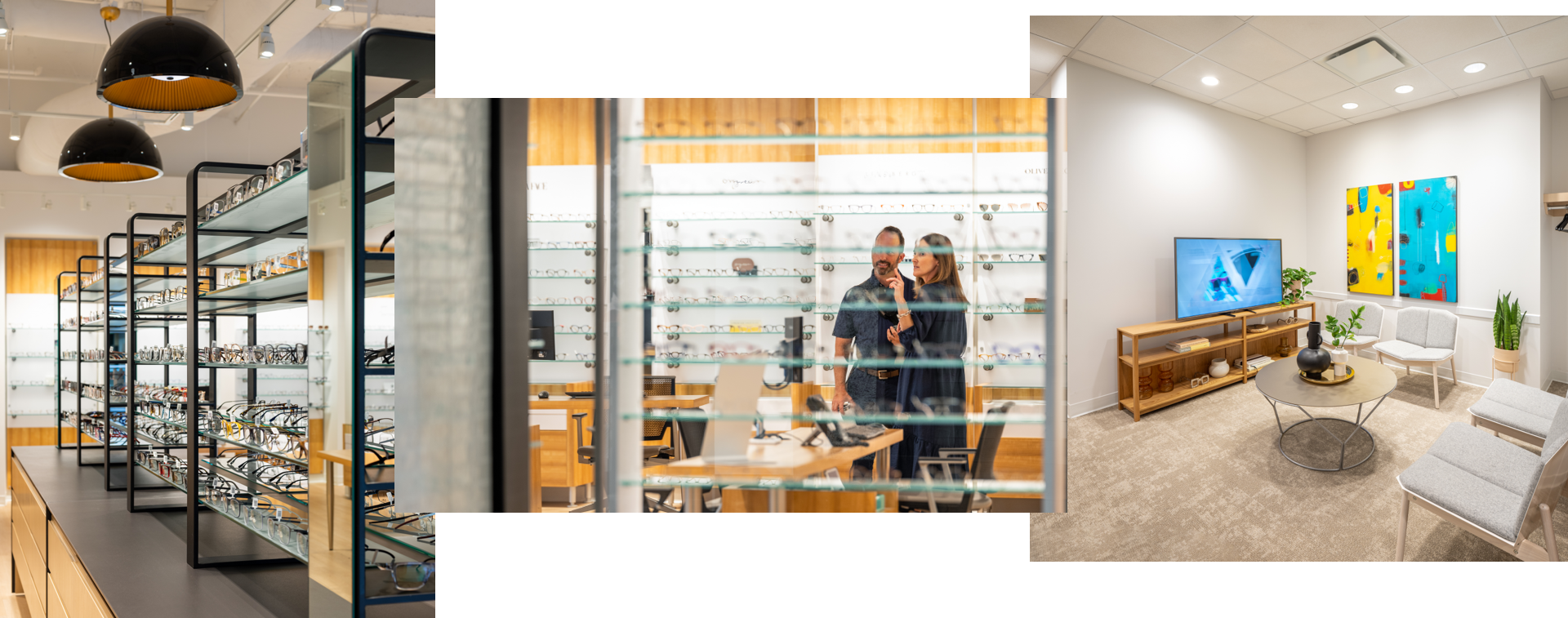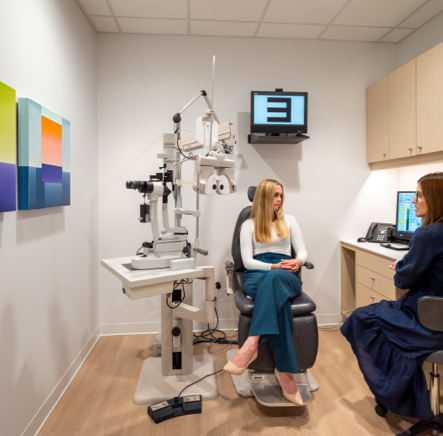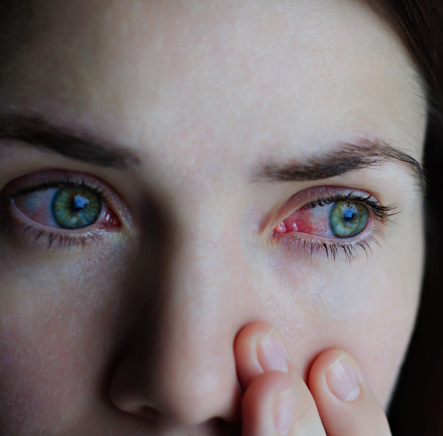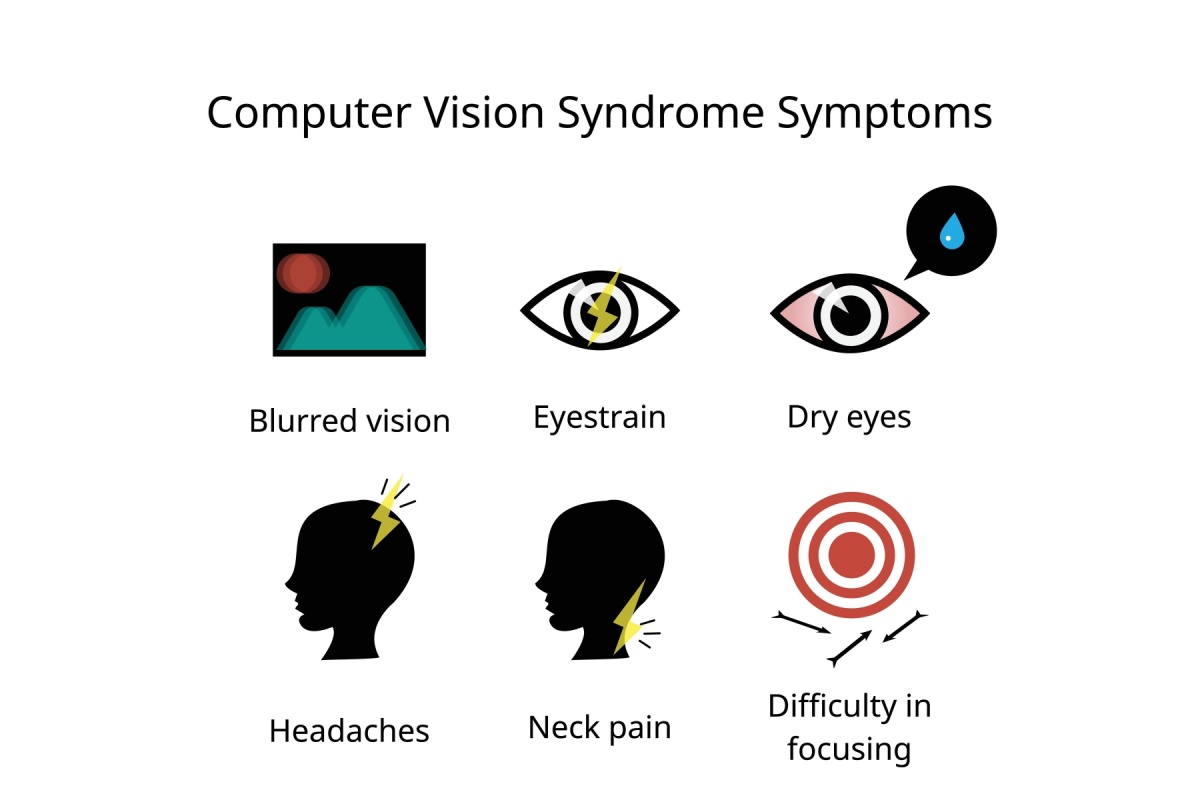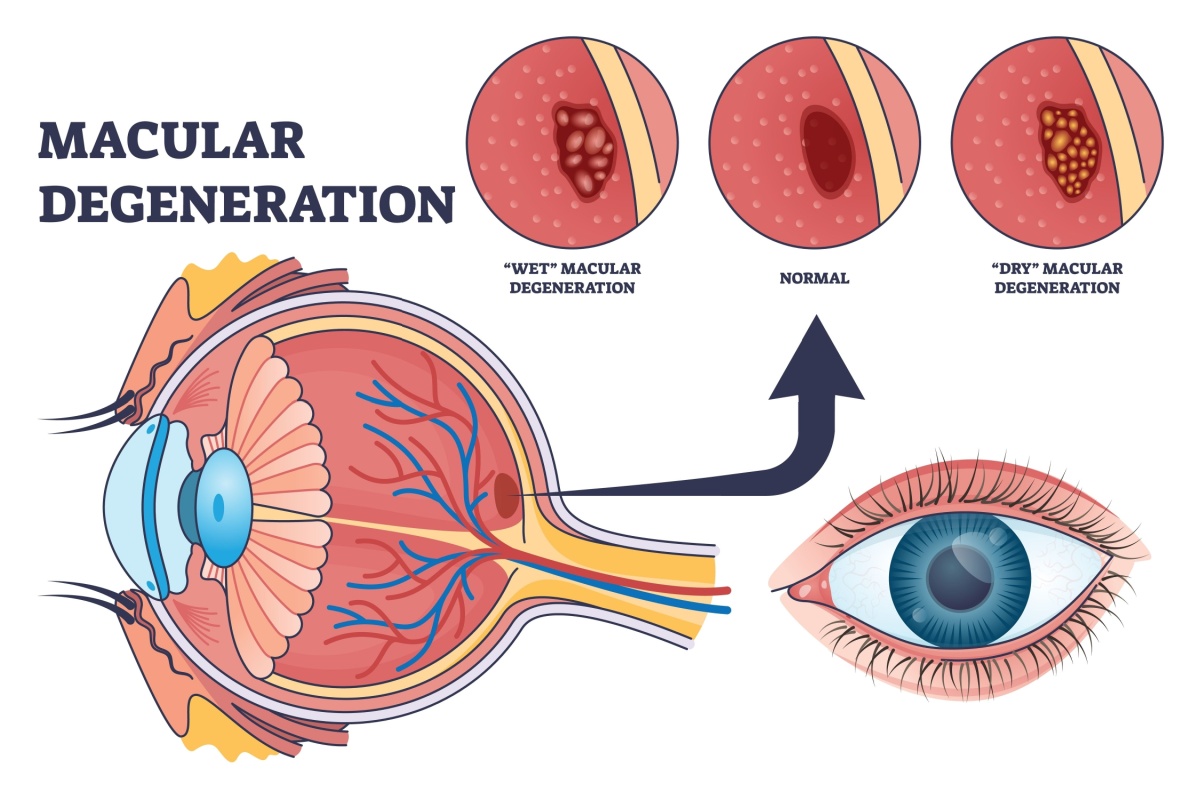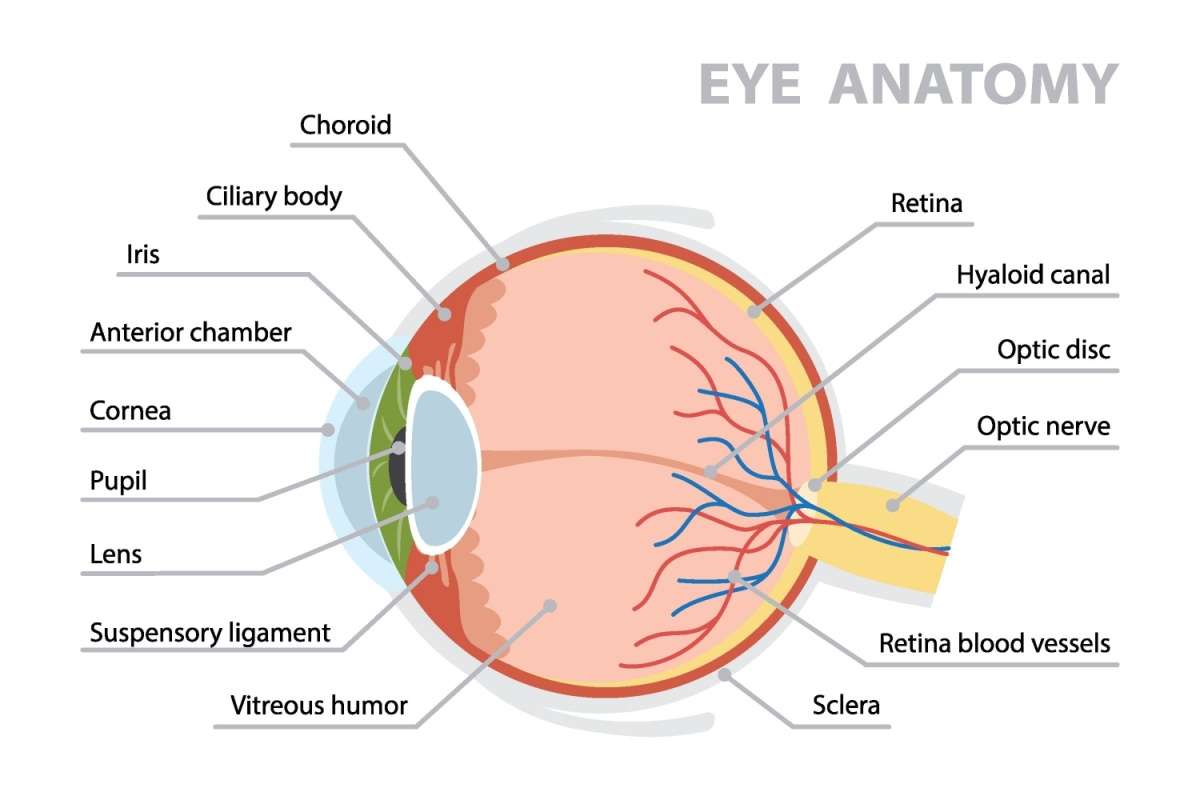Our vision is a valuable component of well-being and vision requires ongoing care. Changes in our vision and changing eyeglass needs are a natural part of growing older. However, certain eye conditions can also impair visual clarity.
Glaucoma and cataracts are two of the most common eye conditions affecting Canadians. While they both can affect vision, they do so in different ways.
Glaucoma is a group of eye conditions that damage the optic nerve, affecting peripheral vision as it progresses. If left untreated, this condition can lead to irreversible vision loss.
Cataracts develop as a natural part of the eye’s aging process and are marked by a clouding of the eye’s lens. Visual distortion from cataracts can often be fully restored with cataract surgery.
Understanding Glaucoma
Glaucoma damages the optic nerve, which transmits visual information from the eye to the brain.
This damage to the optic nerve is typically caused by abnormally high pressure in the eye, known as intraocular pressure (IOP). This increased pressure can gradually affect the optic nerve fibres, leading to blind spots in one’s peripheral (side) vision.
There are several types of glaucoma. The most common include:
- Open-angle glaucoma: The most common type, where the eye’s structure appears normal, but fluid in the eye can’t properly flow out, causing pressure buildup.
- Angle-closure glaucoma: This develops when the iris is too close to the eye’s drainage canal and blocks fluid from draining. Angle closure glaucoma is very rare.
- Secondary glaucoma: This usually results from injury, surgery, infection, or other ocular abnormalities.
- Normal-tension glaucoma: This develops when eye pressure is still within its “normal” range, but damage to the optic nerve is still occurring
Unfortunately, glaucoma is a common eye condition and one of the leading causes of vision loss for individuals over the age of 60. It’s a chronic condition that progresses slowly, often without noticeable symptoms.
Symptoms
Symptoms of glaucoma don’t manifest in its early stages. However, common symptoms usually appear as the condition progresses, which include:
- Gradual loss of peripheral vision
- Tunnel vision in advanced stages
- Blurry or hazy vision
- Eye pain or discomfort (narrow angle only)
- Sudden vision loss (narrow angle only)
Risk Factors
Several risk factors can increase the likelihood of developing glaucoma, including:
- Age
- Family history
- High intraocular pressure
- Thinner corneas
- Medical conditions such as diabetes
- Eye injuries
- High myopia
- Ethnicity
- Possibly diet
Treatment Options
Initially, damage from glaucoma impacts peripheral vision. As it advances, central vision loss typically occurs, significantly impacting the ability to see fine details, read, or recognize faces.
If glaucoma remains untreated, it can lead to irreversible vision loss as damage to the optic nerve cannot be repaired. Addressing glaucoma early can help to slow or prevent further vision loss, highlighting the importance of routine eye exams.
During a routine eye exam, glaucoma can be detected through various tests.
- Tonometry is used to measure eye pressure.
- Ophthalmoscopy, retinal images, and optical coherence tomography (OCT) scans can help show signs of optic nerve damage.
- Visual field testing can reveal any peripheral vision loss indicative of glaucoma progression.
Treatment options for glaucoma primarily focus on reducing IOP to prevent further optic nerve damage:
- Prescription eye drops
- Laser therapy
- Surgical procedures

Understanding Cataracts
A cataract is a common eye condition that slowly develops when the eye’s natural lens becomes cloudy, distorting vision.
The eye’s lens focuses light directly on the retina, allowing us to see clearly. When proteins in our lens break down and clump together, light is scattered when it enters the eye, preventing light from focusing directly on the retina.
These clumps start as small and gradually extend over time, covering the eye’s lens. As the cataract progresses, the lens can become entirely opaque, making it increasingly difficult to see.
This cloudiness forces our eyes to work harder, which can lead to headaches and eye fatigue. In severe cases, untreated cataracts can lead to inflammation or even permanent vision loss.
Symptoms
Initially, cataracts have only a minimal impact on vision. As the cloudiness expands across the lens, individuals are more likely to notice symptoms that include:
- Faded colours
- Difficulty seeing at night
- Sensitivity to light and glare
- Frequent prescription changes
Risk Factors
Most people will experience some degree of cataract formation because of the eye’s natural aging process, but common causes include:
- Diabetes
- Excessive exposure to sunlight
- Smoking
- Obesity
- High blood pressure
- Previous eye injuries or surgeries
Treatment Options
Cataracts can be detected during a routine eye exam through several evaluations.
- A visual acuity test helps reveal blurry vision associated with cataracts.
- A dilated eye exam helps identify any clouding of the lens.
- A slit-lamp exam,, and retinal photos help determine the severity of clouding over the lens.
The good news is that cataracts can be effectively treated with surgery, which involves removing the clouded lens and replacing it with an artificial one.
This procedure is recommended once the cataracts spread and visual quality decreases, affecting one’s quality of life. Cataract surgery is common and safe, and in most cases, patients can experience improvement in their vision within a few days.
Request an Appointment
Understanding the differences between these conditions is essential for effective monitoring and management of ocular health.
Connect with our team at Downtown Vision Care and request an appointment for your routine eye exam today.



